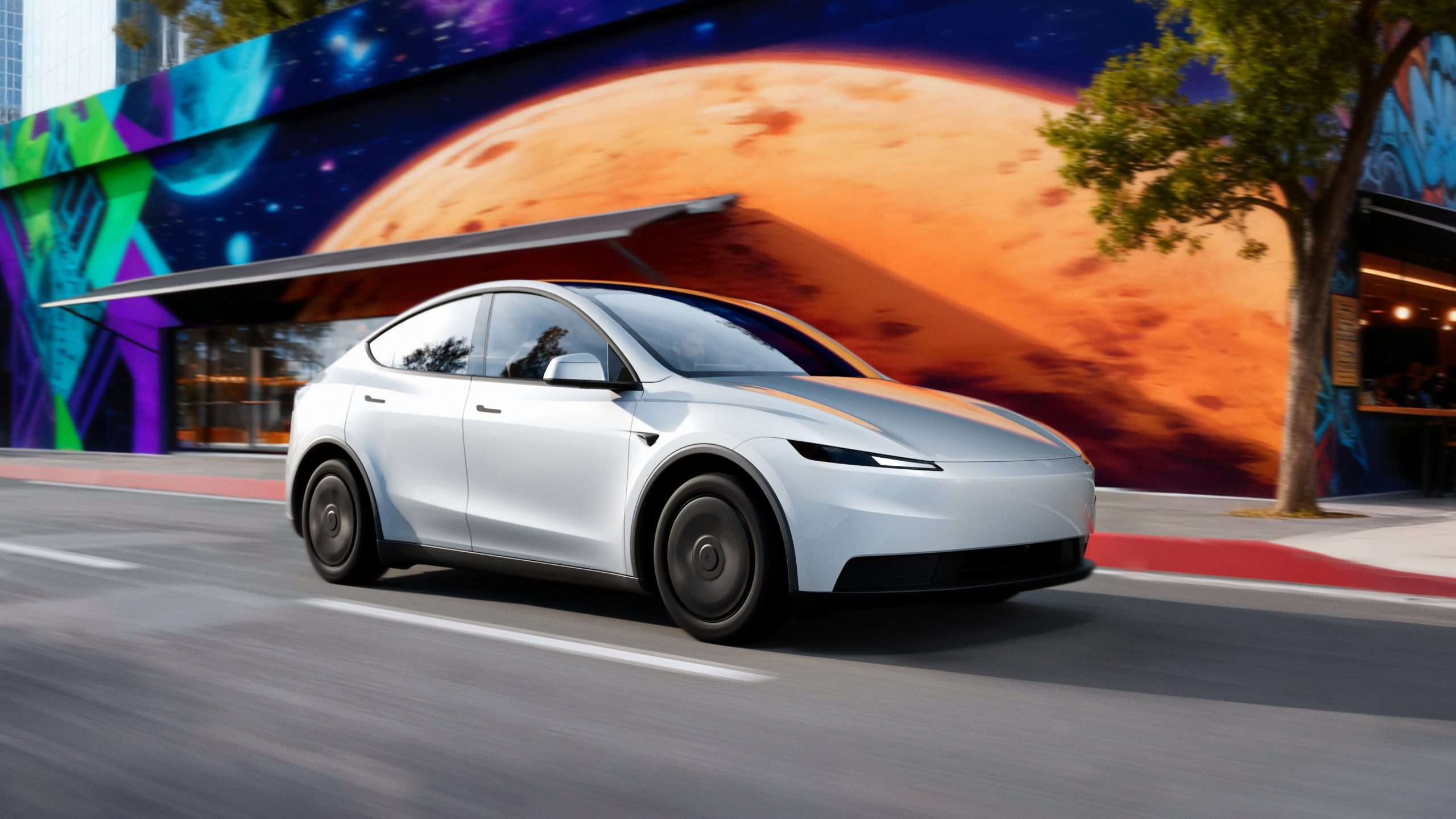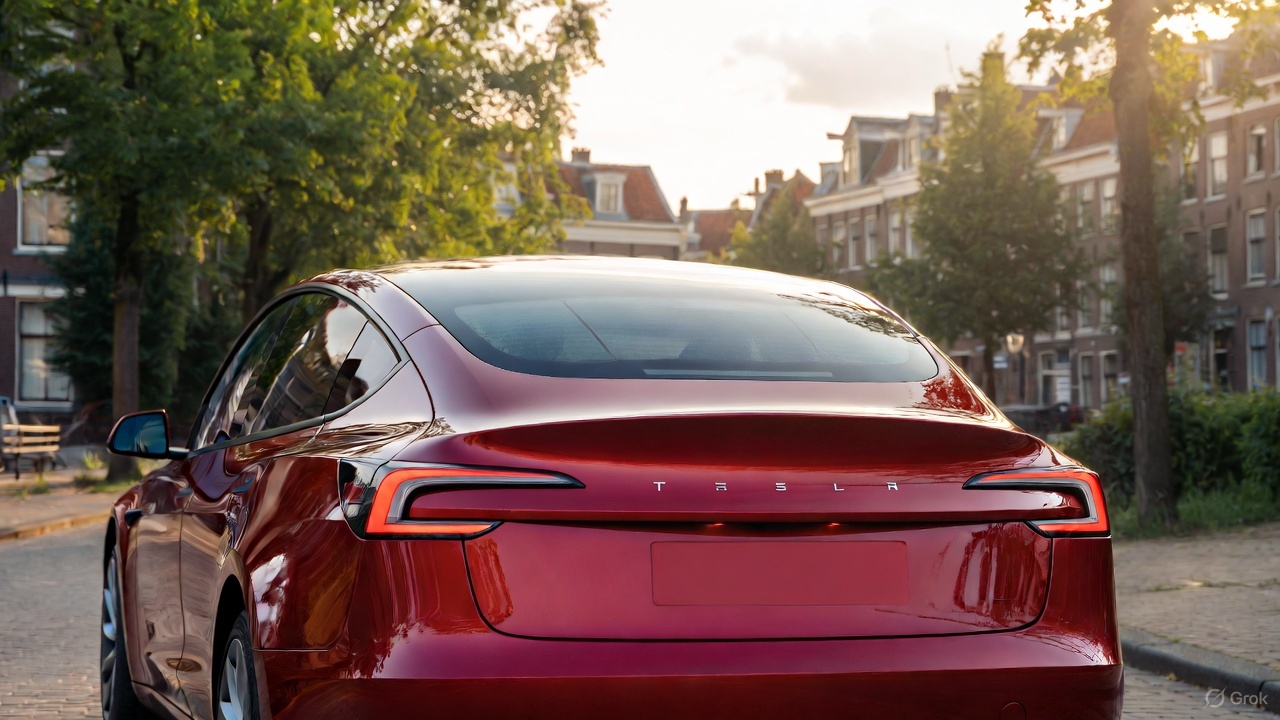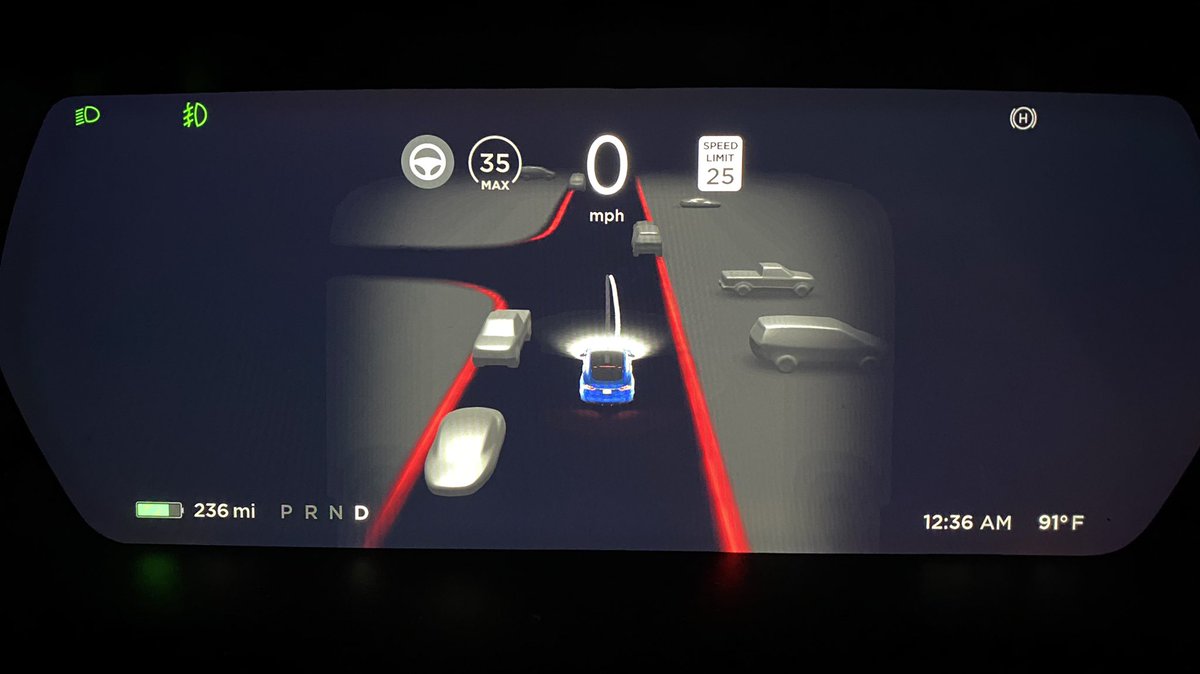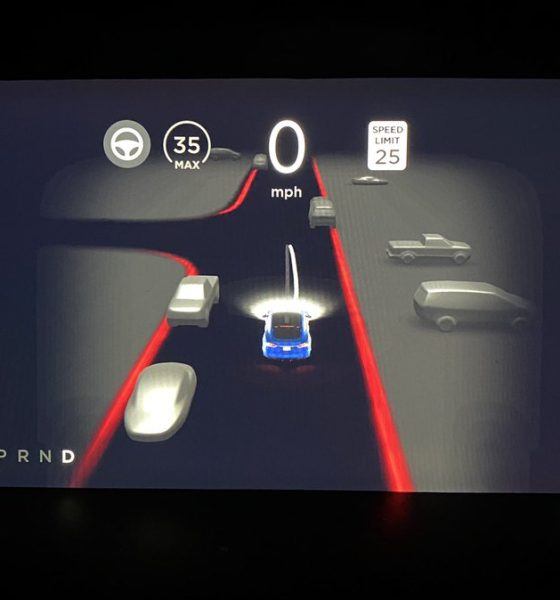Consumer advocate group Consumer Reports (CR) has issued a sharp rebuke of Tesla’s Full Self-Driving Beta V9, which began its initial rollout earlier this month. CR highlighted FSD Beta V9’s capabilities and lack of safeguards as its main point of criticism for the advanced driver-assist system.
Tesla FSD Beta V9 adopts the company’s pure vision approach, which uses a camera-based Autopilot model. Tesla’s decision to adopt pure vision as opposed to its previous camera+radar approach was quite controversial, though initial reviews from some FSD Beta users have noted that their vehicles have been behaving more confidently with FSD Beta V9. Elon Musk, for his part, has maintained that FSD Beta V9 users must exercise utmost caution when using the system.
Consumer Reports’ Tesla Model Y does not have FSD Beta V9 software, and thus, the company is yet to experience the advanced driver-assist system firsthand, but Jake Fisher, senior director of CR’s Auto Test Center, noted that videos of FSD Beta V9 in action do not inspire confidence. “Videos of FSD Beta 9 in action don’t show a system that makes driving safer or even less stressful. Consumers are simply paying to be test engineers for developing technology without adequate safety protection,” he said.
The magazine pointed to videos uploaded by FSD Beta V9 tester AI Addict, whose YouTube uploads showed instances when the advanced driver-assist system made mistakes and required manual interventions. Missy Cummings, an automation expert who is director of the Humans and Autonomy Laboratory at Duke University, noted that FSD Beta V9 still has fundamental problems.
“It’s hard to know just by watching these videos what the exact problem is, but just watching the videos it’s clear (that) it’s having an object detection and/or classification problem. I’m not going to rule out that at some point in the future that’s a possible event. But are they there now? No. Are they even close? No,” she said.
Selika Josiah Talbott, a professor at the American University School of Public Affairs in Washington, D.C., is more critical of the system, stating that the videos she has seen of FSD Beta V9 show that the advanced driver-assist system behaves “almost like a drunk driver” in the way that it struggles to stay between lane lines. “It’s meandering to the left; it’s meandering to the right. While its right-hand turns appear to be fairly solid, the left-hand turns are almost wild,” she said.
Despite Tesla’s rollout of a camera-based driver monitoring system to its vehicles, Fisher argued that the EV maker still needs to monitor its drivers in real-time to ensure that FSD Beta V9 is being used properly. “Tesla just asking people to pay attention isn’t enough—the system needs to make sure people are engaged when the system is operational. We already know that testing developing self-driving systems without adequate driver support can—and will—end in fatalities,” he said.
It should be noted that FSD Beta V9’s current iteration is not in wide release yet, and it has only been rolled out to the company’s select group of FSD Beta testers. So far, however, tests of the system in action seem encouraging. While manual interventions still happen from time to time, FSD Beta V9 does seem like a step forward from its previous iterations. This does not mean that Tesla’s driver-assist system is ready to go hands-free, of course, but it’s a solid step forward. Needless to say, there’s a good chance that improvements would be made to FSD Beta V9 before it gets a wider release.
Consumer Reports’ full article on Tesla’s FSD Beta V9 could be accessed here.
Watch AI Addict’s FSD Beta V9 video below.
Don’t hesitate to contact us with news tips. Just send a message to tips@teslarati.com to give us a heads up.

Elon Musk
Tesla CEO Elon Musk sends rivals dire warning about Full Self-Driving

Tesla CEO Elon Musk revealed today on the social media platform X that legacy automakers, such as Ford, General Motors, and Stellantis, do not want to license the company’s Full Self-Driving suite, at least not without a long list of their own terms.
“I’ve tried to warn them and even offered to license Tesla FSD, but they don’t want it! Crazy,” Musk said on X. “When legacy auto does occasionally reach out, they tepidly discuss implementing FSD for a tiny program in 5 years with unworkable requirements for Tesla, so pointless.”
I’ve tried to warn them and even offered to license Tesla FSD, but they don’t want it! Crazy …
When legacy auto does occasionally reach out, they tepidly discuss implementing FSD for a tiny program in 5 years with unworkable requirements for Tesla, so pointless. 🤷♂️
🦕 🦕
— Elon Musk (@elonmusk) November 24, 2025
Musk made the remark in response to a note we wrote about earlier today from Melius Research, in which analyst Rob Wertheimer said, “Our point is not that Tesla is at risk, it’s that everybody else is,” in terms of autonomy and self-driving development.
Wertheimer believes there are hundreds of billions of dollars in value headed toward Tesla’s way because of its prowess with FSD.
A few years ago, Musk first remarked that Tesla was in early talks with one legacy automaker regarding licensing Full Self-Driving for its vehicles. Tesla never confirmed which company it was, but given Musk’s ongoing talks with Ford CEO Jim Farley at the time, it seemed the Detroit-based automaker was the likely suspect.
Tesla’s Elon Musk reiterates FSD licensing offer for other automakers
Ford has been perhaps the most aggressive legacy automaker in terms of its EV efforts, but it recently scaled back its electric offensive due to profitability issues and weak demand. It simply was not making enough vehicles, nor selling the volume needed to turn a profit.
Musk truly believes that many of the companies that turn their backs on FSD now will suffer in the future, especially considering the increased chance it could be a parallel to what has happened with EV efforts for many of these companies.
Unfortunately, they got started too late and are now playing catch-up with Tesla, XPeng, BYD, and the other dominating forces in EVs across the globe.
News
Tesla backtracks on strange Nav feature after numerous complaints

Tesla is backtracking on a strange adjustment it made to its in-car Navigation feature after numerous complaints from owners convinced the company to make a change.
Tesla’s in-car Navigation is catered to its vehicles, as it routes Supercharging stops and preps your vehicle for charging with preconditioning. It is also very intuitive, and features other things like weather radar and a detailed map outlining points of interest.
However, a recent change to the Navigation by Tesla did not go unnoticed, and owners were really upset about it.
For trips that required multiple Supercharger stops, Tesla decided to implement a naming change, which did not show the city or state of each charging stop. Instead, it just showed the business where the Supercharger was located, giving many owners an unwelcome surprise.
However, Tesla’s Director of Supercharging, Max de Zegher, admitted the update was a “big mistake on our end,” and made a change that rolled out within 24 hours:
The naming change should have happened at once, instead of in 2 sequential steps. That was a big miss on our end. We do listen to the community and we do course-correct fast. The accelerated fix rolled out last night. The Tesla App is updated and most in-car touchscreens should…
— Max (@MdeZegher) November 20, 2025
The lack of a name for the city where a Supercharging stop would be made caused some confusion for owners in the short term. Some drivers argued that it was more difficult to make stops at some familiar locations that were special to them. Others were not too keen on not knowing where they were going to be along their trip.
Tesla was quick to scramble to resolve this issue, and it did a great job of rolling it out in an expedited manner, as de Zegher said that most in-car touch screens would notice the fix within one day of the change being rolled out.
Additionally, there will be even more improvements in December, as Tesla plans to show the common name/amenity below the site name as well, which will give people a better idea of what to expect when they arrive at a Supercharger.
News
Dutch regulator RDW confirms Tesla FSD February 2026 target
The regulator emphasized that safety, not public pressure, will decide whether FSD receives authorization for use in Europe.

The Dutch vehicle authority RDW responded to Tesla’s recent updates about its efforts to bring Full Self-Driving (Supervised) in Europe, confirming that February 2026 remains the target month for Tesla to demonstrate regulatory compliance.
While acknowledging the tentative schedule with Tesla, the regulator emphasized that safety, not public pressure, will decide whether FSD receives authorization for use in Europe.
RDW confirms 2026 target, warns Feb 2026 timeline is not guaranteed
In its response, which was posted on its official website, the RDW clarified that it does not disclose details about ongoing manufacturer applications due to competitive sensitivity. However, the agency confirmed that both parties have agreed on a February 2026 window during which Tesla is expected to show that FSD (Supervised) can meet required safety and compliance standards. Whether Tesla can satisfy those conditions within the timeline “remains to be seen,” RDW added.
RDW also directly addressed Tesla’s social media request encouraging drivers to contact the regulator to express support. While thanking those who already reached out, RDW asked the public to stop contacting them, noting these messages burden customer-service resources and have no influence on the approval process.
“In the message on X, Tesla calls on Tesla drivers to thank the RDW and to express their enthusiasm about this planning to us by contacting us. We thank everyone who has already done so, and would like to ask everyone not to contact us about this. It takes up unnecessary time for our customer service. Moreover, this will have no influence on whether or not the planning is met,” the RDW wrote.
The RDW shares insights on EU approval requirements
The RDW further outlined how new technology enters the European market when no existing legislation directly covers it. Under EU Regulation 2018/858, a manufacturer may seek an exemption for unregulated features such as advanced driver assistance systems. The process requires a Member State, in this case the Netherlands, to submit a formal request to the European Commission on the manufacturer’s behalf.
Approval then moves to a committee vote. A majority in favor would grant EU-wide authorization, allowing the technology across all Member States. If the vote fails, the exemption is valid only within the Netherlands, and individual countries must decide whether to accept it independently.
Before any exemption request can be filed, Tesla must complete a comprehensive type-approval process with the RDW, including controlled on-road testing. Provided that FSD Supervised passes these regulatory evaluations, the exemption could be submitted for broader EU consideration.










